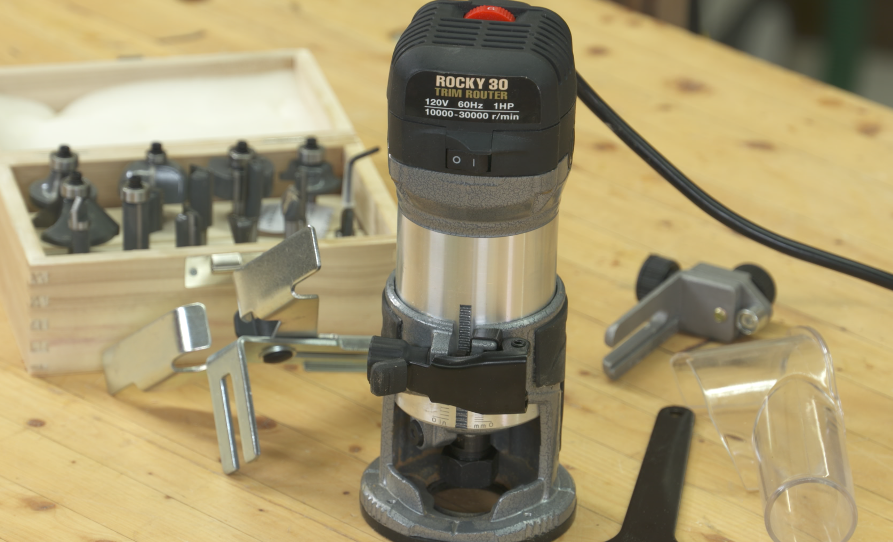The right tools are crucial for completing your projects well. A great woodworking tool is an essential part of any project you do. If you want to create beautiful furniture, you'll need a good woodworking blade. Woodworking blades come in many different sizes and materials. If you use the blade to make wooden furniture, the type of wood you use will also affect the blade you need.
 |
| Blade for Woodworkers |
Before you look for a specific type of woodworking blade, you first need to figure out what type of project you plan to do. Here are a few easy ways to decide which blade is the best for you.
5 easy ways to choose the best blade for woodworking Projects
The perfect blade for woodworkers is an important decision that depends on the type of woodworking you are doing and your preferences. Here are five easy ways to choose the perfect blade for your next project:
1. Understand Your Needs
First, you need to understand the material you are working with. Many types of wood can be used to make woodwork projects. The choice of wood will depend on the nature of the project and your preferences. You should first choose the type of wood before you buy the tools to work with it. It is important to know your needs first, as you can ensure you buy the right tools for the job.
2. Consider Ability Level
Once you have decided which wood you will use, consider your ability level. This will also help you narrow your search for the perfect blade. If you are new to woodworking and want to try something new, you might not need anything too fancy.
On the other hand, if you are experienced, you may need to spend more money. It would help to look for quality blades that can handle the job you want them to do.
3. Check Material Thickness
It is also good to consider the thickness of the wood. This is very important as you must ensure that your woodworking blade can work smoothly and efficiently on this material.
4. Quality vs. Cost
The ideal woodworking blade should be high quality, durable and easy to use. To buy the perfect blade, you should consider these two main factors: price and durability.
Blade price: Before buying a new blade, you must know the price of the product you intend to buy. You can avoid spending too much on it because some expensive tools may be cheaper than others. You can buy the cheapest blades but remember that cheap blades may cause serious damage to your tools.
Cheap blades may break quickly and sometimes make your work harder, more difficult and more time-consuming. Cheap blades may also last for a short time because they are made of inferior materials. So, it's better to buy a more expensive and reliable blade.
Blade durability: A blade should be durable enough to withstand the pressure you apply while using it. The most durable woodworking blade should also be easy to sharpen. A durable blade should last for many years. It should also hold its edge when cutting and be easy to maintain.
A high-quality blade is costly, but it's worth the cost. Some of the high-quality woodworking blades cost over a hundred dollars.
5. Length and Weight
Check for the length and weight of the blade. Ensure the blade is long enough and thick enough for your needs. It could get damaged if it needs to be longer, while the blade may be too thin, and you may not be able to use it for the woodworking you need. The size and weight of the blade are also important factors to consider when buying the best blade.
In conclusion, there are many factors to consider when selecting a blade for woodworkers. However, some key things to keep in mind include the type of woodworking being done, the tools you will be using, and the desired results. With these tips, you can make the right choice for your next project.



















